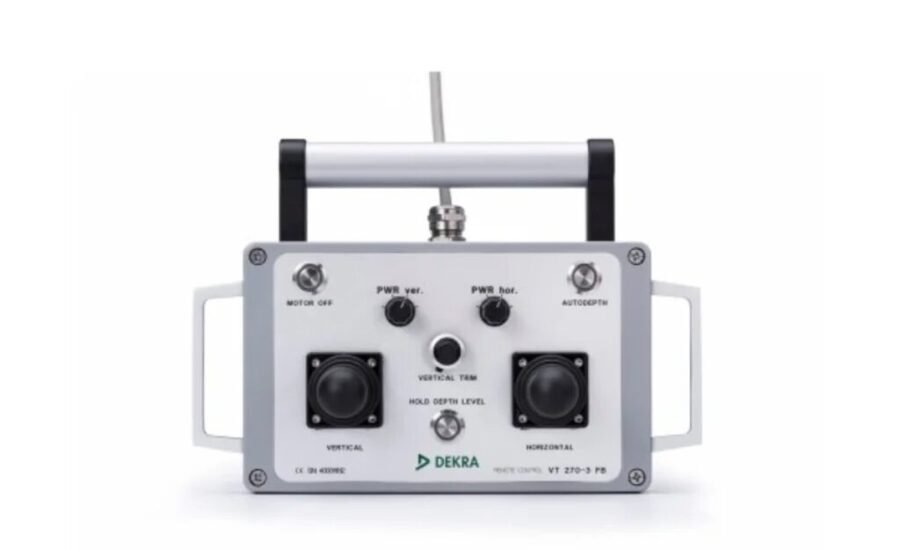Understanding VT1000 Pitting with Photo Examples
Introduction
If you’ve noticed strange, tiny marks on your equipment or parts during inspection, you may have come across what’s known as “pitting.” Specifically, in VT1000 inspections, pitting can indicate early signs of wear, corrosion, or surface damage, often vital for preventing larger issues. In this post, we’ll dive into VT1000 pitting photo examples, showing you how to identify pitting, what causes it, and tips on prevention.
Whether you’re an inspector, maintenance professional, or simply curious, this guide will give you the knowledge you need to spot and understand pitting in a straightforward way. Let’s jump in!
What is VT1000 Pitting?
VT1000 refers to a type of visual testing commonly used in inspections to identify surface damage, including pitting. Pitting is essentially a type of corrosion or surface degradation that appears as small holes or “pits” on a metal or material’s surface. This is particularly concerning in industries where equipment health is critical, like aviation, manufacturing, and even automotive sectors. Over time, pitting can lead to severe damage if left untreated, which is why catching it early through inspections is crucial.
Understanding Pitting: A Closer Look
Pitting appears in various forms, and different materials will show pitting differently. However, there are general characteristics that make pitting recognizable:
- Size: Pits are typically small, ranging from tiny dots to larger visible spots.
- Shape: They often appear as circular or oval indentations.
- Location: Pitting can happen in clusters or as isolated marks.
- Depth: Pits can be shallow or deep, depending on the severity of the corrosion.
Why is Pitting Important in VT1000 Inspections?
In VT1000 inspections, identifying pitting can be a sign of underlying issues like corrosion, material fatigue, or chemical reactions with the environment. Catching these pits early helps prevent further damage to machinery or components, saving time and money in the long run.
VT1000 Pitting Photo Examples: What Does It Look Like?
Here are some key examples to help you recognize pitting during a VT1000 inspection:
- Shallow Pitting on Metal Surfaces
- Description: These are small, shallow pits that appear as tiny indentations.
- Photo Example: [Insert photo of shallow pitting on metal surface]
- Explanation: Shallow pits are often the early stage of corrosion and can be easily treated with protective coatings.
- Clustered Pitting in High-Stress Areas
- Description: Clusters of pits, often found in areas exposed to stress or high temperatures.
- Photo Example: [Insert clustered pitting photo]
- Explanation: This type of pitting can indicate structural stress and may signal the need for preventive measures.
- Deep Pitting in Marine Environments
- Description: Pitting in equipment exposed to saltwater environments tends to be deeper and more aggressive.
- Photo Example: [Insert deep pitting photo]
- Explanation: Deep pitting from saltwater corrosion can be dangerous and often requires prompt action to prevent structural failure.
- Pitting in Welded Joints
- Description: Pitting located around welds or seams.
- Photo Example: [Insert pitting in welded joints photo]
- Explanation: This type of pitting suggests improper welding techniques or exposure to corrosive environments.
- Oxidation-Induced Pitting
- Description: Pits that form due to oxidation, often found on older equipment.
- Photo Example: [Insert oxidation pitting photo]
- Explanation: When metals oxidize, they become prone to pitting. Regular inspection and maintenance can minimize this risk.
Causes of Pitting in VT1000 Inspections
Pitting is typically caused by a combination of environmental and operational factors. Here are some of the common culprits:
- Corrosive Environments: Exposure to chemicals, salts, or acids.
- Mechanical Stress: High stress on materials can accelerate pitting.
- Poor Maintenance: Lack of regular cleaning or lubrication increases pitting risks.
- Temperature Variations: Extreme heat or cold can create pitting on metal surfaces.
- Humidity: Moisture is a big factor, especially in unprotected environments.
Preventing Pitting: Best Practices
Preventing pitting is all about proactive care and regular inspections. Here are some practical tips:
- Protective Coatings: Use anti-corrosive coatings or paints on vulnerable surfaces.
- Regular Cleaning: Ensure equipment is cleaned regularly, especially in corrosive environments.
- Temperature Control: Maintain a consistent temperature in areas with sensitive equipment.
- Moisture Reduction: Keep machinery in dry environments whenever possible.
- Timely Inspections: Schedule VT1000 inspections frequently to catch any early signs of pitting.
Conclusion
vt1000 pitting photo examples is a crucial element to watch for in routine inspections, especially in industries where machinery or structural integrity is paramount. By understanding the causes of pitting, recognizing its appearance, and applying preventive measures, you can significantly reduce the risk of extensive damage. The examples shared above should give you a clear idea of what to look for and how to act quickly.
Frequently Asked Questions (FAQs)
1. What does VT1000 pitting look like?
VT1000 pitting appears as small, round indentations on surfaces, often in clusters or isolated spots. The size and depth can vary based on factors like the environment and material type.
2. Is pitting dangerous for equipment?
Yes, pitting can lead to severe damage over time if left untreated, especially in high-stress environments. It’s essential to catch it early to prevent further corrosion and structural weakening.
3. Can pitting be repaired?
In some cases, pitting can be filled or treated with anti-corrosion products. Severe pitting may require more extensive repairs or even part replacements.
4. How can I prevent pitting in my machinery?
Regular maintenance, protective coatings, and keeping equipment dry are effective ways to prevent pitting. Consistent VT1000 inspections are also helpful.
5. Why is pitting common in marine environments?
Saltwater is highly corrosive, which accelerates pitting in metals. Marine equipment is particularly prone to deep pitting, so extra protective measures are recommended.
